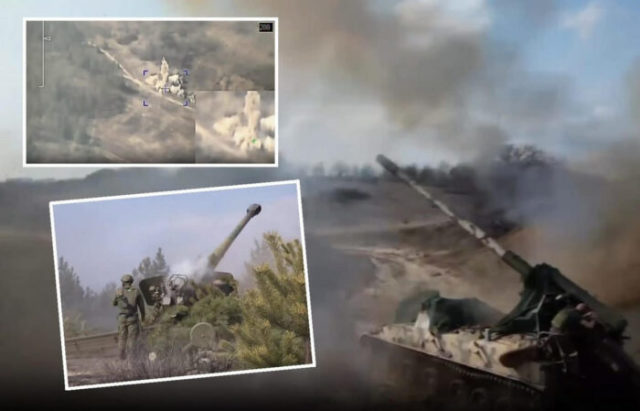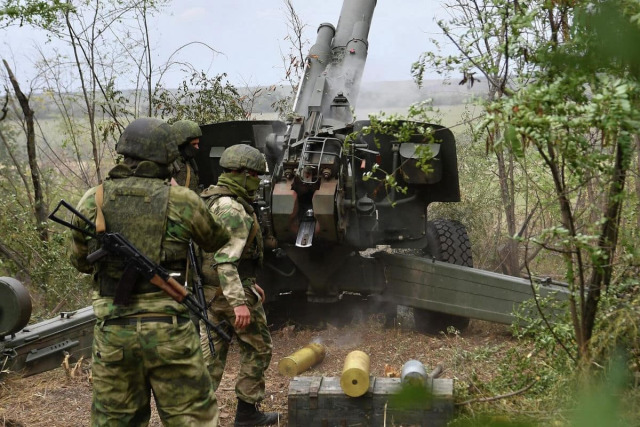According to Dr. Jack Watling, senior researcher at the Royal Institute of Defense Studies (RUSI), modern Russian artillery has improved its capabilities to counter enemy artillery (counter-battery warfare). According to the British expert, expressed for the Institute of Modern Warfare of the US Army Officer School Westpoint, now, apparently, the Russian Armed Forces are able to return fire from Ukrainian artillery systems in just two minutes after their first shot.

Modern artillery of Russia in the counter-battery struggle
According to the testimony of J.Watling, who recently returned from another research trip to Ukraine, during which he conducted numerous interviews with representatives of the Armed Forces of Ukraine, the modern artillery of Russia was able to reduce the process of artillery combat from an interval of 5 to 20 minutes (at the beginning of the war) to two minutes now. The expert suggests that this was done not through the introduction of new systems, but solely due to the simplification of the technological process. Firing artillery units received direct access to the necessary data for targeting: the exchange of intelligence and operational information was simplified and significantly accelerated.
This development demonstrates the importance of mobile application (fire and position change – the English term Shoot & Scoot) of their own fire support using artillery systems and mortars for their survival on the battlefield. According to Western experts, if the statement of J.If this is true, then it is all the more likely that the process of fighting the artillery of a potential NATO enemy will proceed at the same speed – if not faster. That is why future artillery systems will require an even greater reduction in the time spent in the firing position (the period between the first shot and leaving the firing site).
Artillery counteraction refers to the ability to detect artillery and mortar positions and enemy forces and to be able to defeat them with their own artillery fire. In this context, active and reactive artillery fire are distinguished. Reactive fire involves detecting, tracking enemy fire with the help of technical means – for example, means of sound, radio intelligence or reconnaissance UAVs – and the fastest possible response with its own fire on the detected enemy position. Active artillery warfare involves the detection of enemy artillery using various means of reconnaissance even before they reach the firing position and open fire.
In addition, in Ukraine, to combat enemy artillery (active and reactive), there is an increasingly active use of barrage ammunition by the Russian Armed Forces. These means of influence make it possible to reduce the time between the detection and defeat of enemy artillery to several seconds.
According to the materials of the resource soldat-und-technik.de



